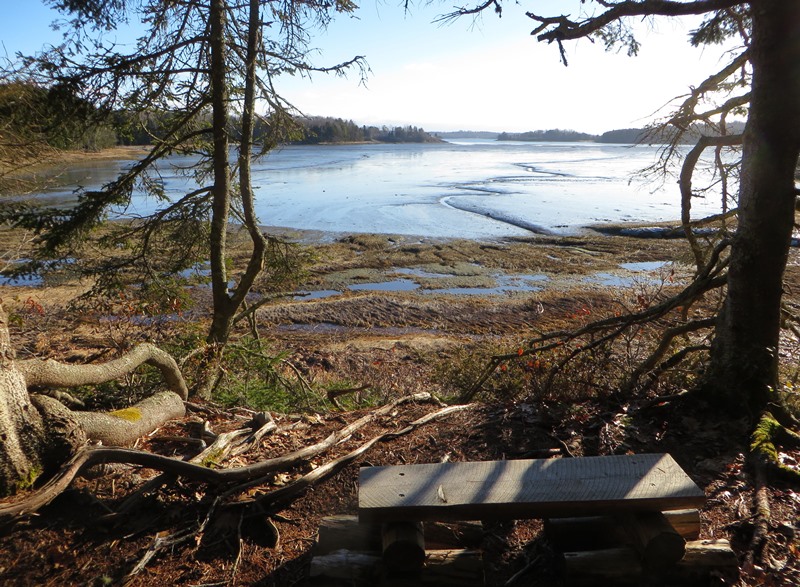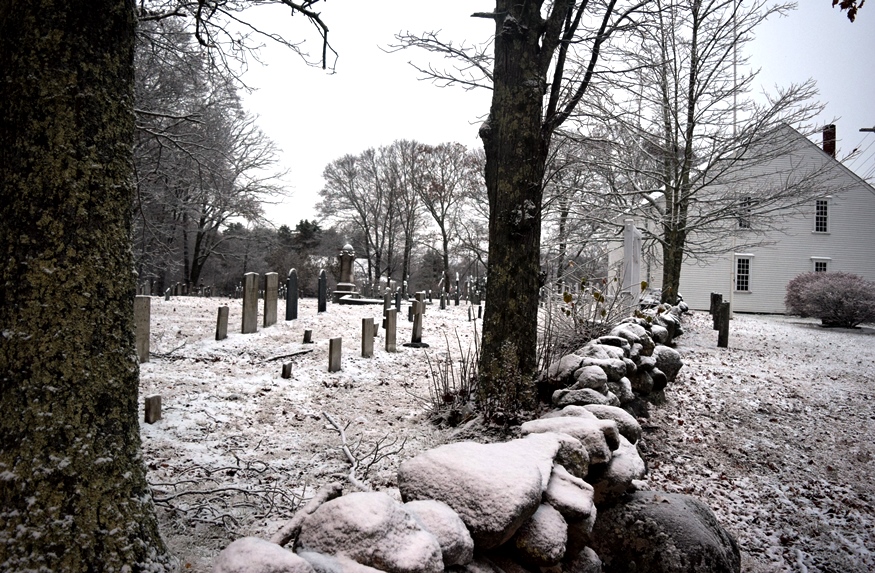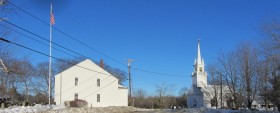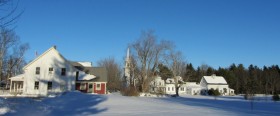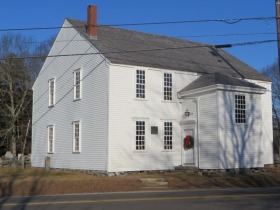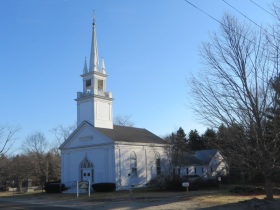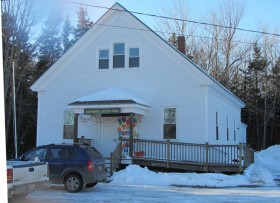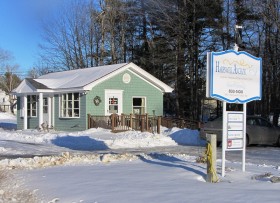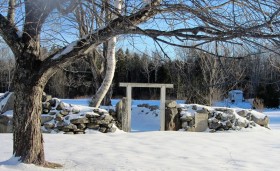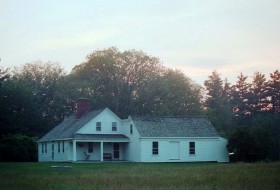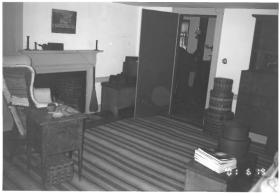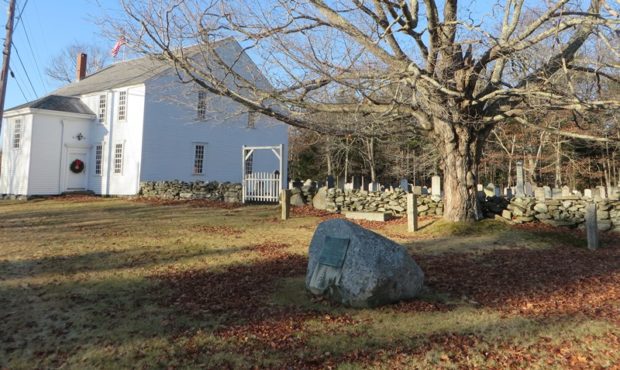During Harpswell’s early settlement and before a bridge connected it to the rest of the town, Harpswell Neck was the site of several small villages. Harpswell Center hosted a church, the 1759 meetinghouse (later the town office), a 200-year plus old cemetery, and a 1793 cattle pound. The cemetery is the site of “The Witch of Harpswell,” a tale that unfolds on a bitter cold November day several hundred years ago near the meetinghouse.
The Kellogg Church, named for Elijah Kellogg, thrives here. A historic park contains the old town meetinghouse, Centennial Hall, the Historical Society, and an ancient cemetery. The 1783-1784 Tarr-Eaton-Hackett Historic House is preserved by a conservation easement held by the Harpswell Heritage Land Trust. More modern structures include the Scouting Hall and the office of the Harpswell Anchor newspaper. The historical society’s building is the former Bailey’s country store, where author Elizabeth Strout worked as a young girl.
In the early 19th century, concerned that unfenced livestock would trample crops, many towns created pounds for the temporary confinement of roaming cattle.
See the other Harpswell villages: Cundys Harbor, North Harpswell, West and South Harpswell, Orrs Island and Bailey Island; and unbridged islands Eagle and Haskell.
National Register of Historic Places – Listings
Tarr–Eaton House
[906 Harpswell Neck Road] Probably built as early as 1783-84, the Tarr-Eaton-Hackett House is a well preserved frame capestyle house with a 19th century attached shed, located on a two-acre lot near the 1754 Harpswell Meeting House. According to local historians, it was first occupied by William and Elizabeth (Clark) Tarr about the time their first child Richard was born in 1783. It probably was the homestead on the 105 acre farm attributed to William Tarr in a 1784 census. Tarr, a veteran of the American Revolution, was an innkeeper who held a license in 1784-85 and was once a constable.
The House reflects changes in architectural styles from the 18th through the 19th century. This is apparent in the updating of some exterior trim and the appearance of the shed, both having a Greek Revival character. In the context of local building patterns in 18th century Harpswell, the Tarr-Eaton House is a well preserved, representative example of an important house type.* (See photo above.)
Elijah Kellogg Church
[Harpswell Center] In addition to its importance as a distinctive example of Greek Revival-Gothic Revival transitional architecture, the 1843 church building gains significance from its association with Rev. Elijah Kellogg, distinguished Maine clergyman and noted author of children’s books.
In 1751 Merriconeag Neck, which included Harpswell Center, became the Second Parish of North Yarmouth and a church was formed in 1753. A meeting house, still standing, was built four years later.
A controversy over ownership and control of the 1753 church building led the Congregationalists to form a new society. On September 27, 1843, the independent Harpswell Center Congregational Parish was legally formed after construction of a new church across the road from the old meeting house.* (See photo above.)
Harpswell Meetinghouse
[Harpswell Center] Built 1757-1759, probably by Elisha Eaton, the Meetinghouse is a 2-1/2 story clapboarded gable-roofed structure typical of a New England design used as late as the nineteenth century. It is located near a graveyard, where Elisha Eaton (1702-1764) and Samuel Eaton (1736-1822) are buried. They were pastors, who led the parish that used the meetinghouse, for its first 62 years.
The building is an excellent, little altered example of a typical small New England Colonialstyle church. It is the earliest remaining example in Maine of a building form that persisted in that area long after the seventeenth century social structure from which it came disappeared.
It was used both as a church and town meeting hall from 1757 to 1844. The town took over the building in 1856, after it had been vacant for 14 years. It was used as a town meeting place until the late 20th century, when a new town office was built on the Mountain Road and town meetings were then held in a school.* (See photo above.)
** Anonymous. “The Witch of Harpswell: A Tale of the Old Days when Maine was a Colony of Massachusetts.” Maine Speaks, An Anthology of Maine Literature. Published by the Maine and Writers and Publishers Alliance. 1989.
* See more Additional resources in Harpswell.


